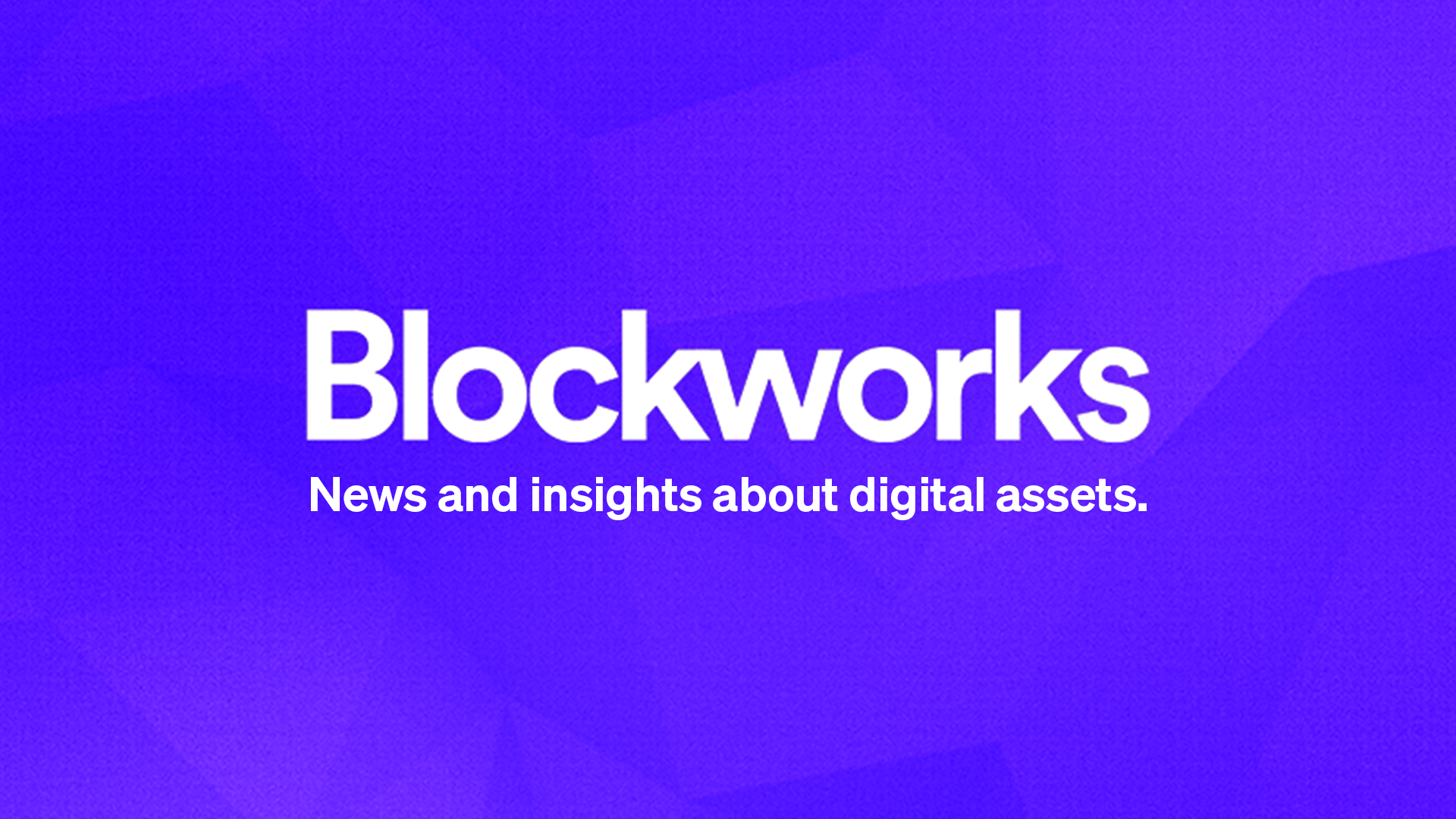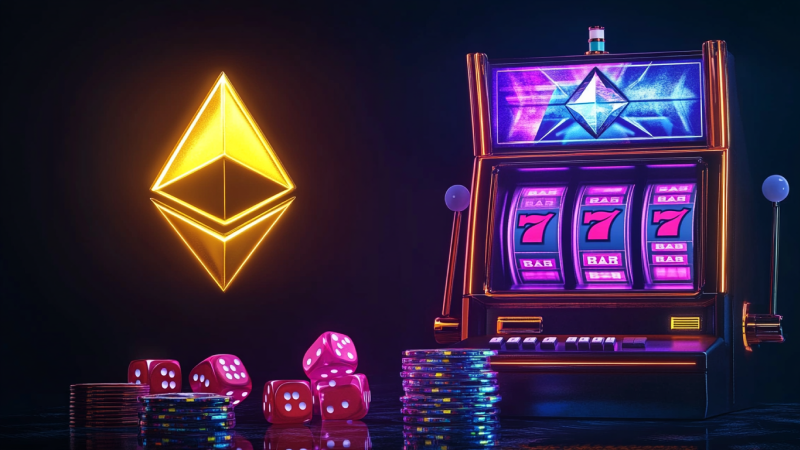ARTICLE AD BOX
Today, enjoy the 0xResearch newsletter on Blockworks.co. Tomorrow, get the news delivered directly to your inbox. Subscribe to the 0xResearch newsletter.
Memecoins are entering a so-called “supercycle phase” — a fitting choice of words when you need to scream into the ears of unsuspecting investors that something of epic proportions is coming.
That’s the thesis of a somewhat viral Token2049 talk by Murad Mahmudov titled “The Memecoin Supercycle,” to which a growing contingent of Crypto Twitter seems to be subscribing.
Embrace memecoins, argues Mahmudov, because memecoins give you hope, fun, identity, a sense of belonging, emotional connection, a way to reduce loneliness and a way to engage in collective artistic expression and an imagined reality.
Let’s back up for a second here.
Based on CoinGecko, the entire memecoin market is $53 billion, about 2.3% of the entire $2.3 trillion crypto market cap. Pump.fun launched in January 2024, and about 2.3 million memecoins have been created since then.
How many of these memecoins have been “successful” for investors?
Not many, is the answer. Based on August data by @Adam_Tehc, 64.7% of pump.fun traders on Solana lose money or breakeven at best. Only 3% make more than a thousand dollar profit, and a rare few of 0.0028% wallets are hitting the $1 million moonshot on memecoins.
Part of the argument for “why memecoins” is because the VC-backed altcoin alternatives are terrible.
There’s admittedly a grain of truth there. Most VC-backed tokens have seen a down-only chart from their CEX listings, they’re rid with fishy insider investor tokenomics and many of their products haven’t panned out (about 18% of crypto companies that raised in 2022 have shut down, according to Lattice Fund).
But the solution, I think, is to get these things right rather than dive headfirst into memecoins and throw the baby out with the bath water.
Recall that the history of the internet for instance, is littered with dead companies that collectively raised billions of dollars. In her recollection of the dot-com bubble, journalist Maggie Mahar estimated that by February 2002 — two years after the peak of the bubble — about 100 million investors lost ~$5 trillion in the stock market.
Today, the internet is indispensable. Suffice to say, we did not arrive there by doubling down on speculative use cases.
Memecoins do not pretend to try to create a socially innovative product, and that has been wrapped up in a marketing spin to be portrayed as a kind of investor advantage.
But failed crypto projects at the very least net socially important lessons and knowledge that is being taken and applied forward in the industry.
We know that algorithmic stablecoins are probably not a good idea, given the spectacular collapse of Terra.
We know from the meager improvements in costs from decentralized storage solutions like Filecoin (relative to centralized competitors like AWS) that data is not likely to be the breakout use case for DePIN.
We know that from the downfall of Axie Infinity, the next wave of blockchain-based games are not likely to be based on play-to-earn mechanics.
The point here, really, is that we don’t know the exact recipes for what will and won’t work until entrepreneurs (and, unfortunately, many hoaxsters along the way) give it a go. That is — after all — the whole point of a permissionless market: to allow an archipelago of experiments to flourish simultaneously.
If memecoins do indeed see a “supercycle,” it does beg the giant question of: So what? What has the blockchain industry proved to themselves, as well as outsiders and regulators, aside from the perennial need that people gamble?
Crypto wasn’t designed to make you rich. If that happens along the way, congratulations! But crypto was here to set you free.
Start your day with top crypto insights from David Canellis and Katherine Ross. Subscribe to the Empire newsletter.
Explore the growing intersection between crypto, macroeconomics, policy and finance with Ben Strack, Casey Wagner and Felix Jauvin. Subscribe to the Forward Guidance newsletter.
Get alpha directly in your inbox with the 0xResearch newsletter — market highlights, charts, degen trade ideas, governance updates, and more.
The Lightspeed newsletter is all things Solana, in your inbox, every day. Subscribe to daily Solana news from Jack Kubinec and Jeff Albus.
 10 months ago
462604
10 months ago
462604









 English (US) ·
English (US) ·